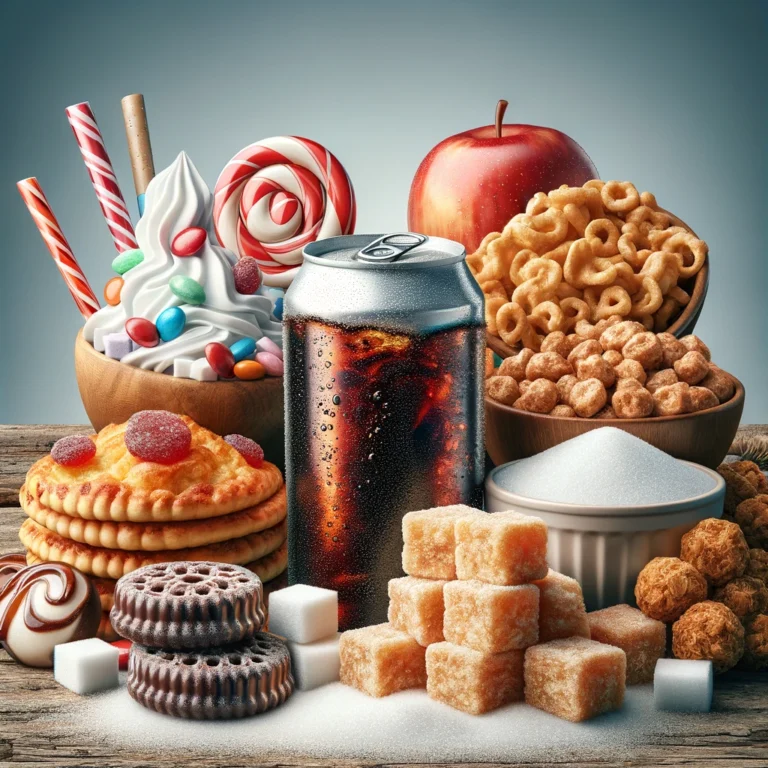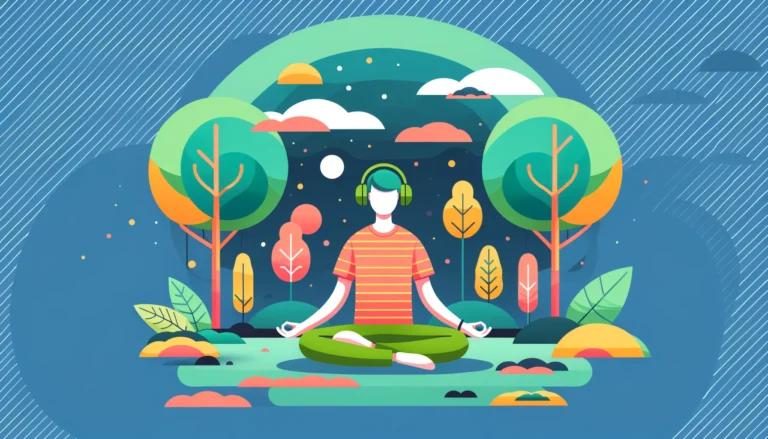You Can Lower Your Blood Sugar After Getting a Cold: Here’s How to Help
When you’re sick, you could notice an increase in your blood sugar. This is what’s happening and how you can look for yourself.
Blood sugar increases can occur during meals that are high in carbohydrates as well. Your blood sugar may be elevated for many additional causes. It may surprise you to learn that a cold or other infection is one of them. This is because your body releases specific hormones during illness in an effort to combat the infection, which affects your blood sugar levels. To find out more about the effects of illness on blood sugar and how to avoid spikes when you’re not feeling well, continue reading.
How Do Blood Sugar Levels Change During Illness?
Your body sets off a series of reactions when you become ill in order to combat the illness. For instance, the Endocrine Society states that stress hormones like cortisol and adrenaline are released. Because recovering from an illness requires a lot of energy, your body needs it more at this time. These hormones raise blood sugar levels to help your body meet this need.
Nevertheless, insulin—the hormone that transports glucose from your bloodstream into your cells—is also lowered by the excess stress hormones. Blood sugar levels rise and glucose remains in the system longer when insulin levels are insufficient. This usually doesn’t cause any issues for persons without diabetes, but for those who do, it might aggravate symptoms like hyperglycemia.
Recognizing the Connection Between Blood Sugar and Colds
Since your body already finds it more difficult to control your blood sugar, people with diabetes may be more vulnerable to the spike in blood sugar that occurs during an infection. Plus, it makes sense that being ill would alter your lifestyle. It could be easier for you to miss meals and exercise, which can make controlling your blood sugar levels more difficult.
According to the Centers for Disease Control and Prevention, you run a higher risk of developing diabetic ketoacidosis (DKA) when you have a cold or virus because you produce less insulin and your blood sugar levels rise. In fact, a 2023 study published in the Annals of Medicine & Surgery reveals that infection is one of the most frequent causes of this diabetes complication. When your body cannot transfer glucose from your bloodstream to your cells due to a lack of insulin, DKA occurs and your body stores fat as a source of energy. Ketones are formed when fat is broken down for energy; if too many are produced too quickly, they can be harmful.
If you want to measure the amount of ketones in your blood, you can use a ketone meter or an over-the-counter test to look for them in your urine. The CDC advises testing your blood sugar every four to six hours when you’re unwell to be sure it’s within normal limits if you have diabetes. Diabetic ketoacidosis (DKA) is a medical emergency; if you suspect you may have elevated ketone levels or ketoacidosis, contact your physician immediately.
Controlling Blood Sugar Levels When Sick
In order to avoid blood sugar falls or spikes brought on by colds, remember to:
Regularly check your blood sugar. If you have diabetes and you develop a cold or virus, your doctor would usually advise you to monitor your blood sugar levels more closely. This might assist you in making any necessary adjustments to your meals or snacks. If your blood sugar levels become dangerously high or low, get medical attention.
Keep up with your drug regimen. Make sure you have adequate insulin or diabetic medication on hand in case you become ill. (Getting a refill when you’re not feeling well can be difficult.) Additionally, during a sickness, adhere to your prescribed medicine schedule and ask your doctor any questions you may have concerning dosing.
Eat meals on a regular basis. While being sick may make you less hungry, missing meals can lead to dangerously low blood sugar levels. Try your best to maintain a regular schedule for meals and snacks. Continuing to eat provides your body with the energy it needs to combat the infection.
Keep easy-to-prepare items on hand. When you’re unwell, the CDC recommends 50 grams of carbohydrates to drink or consume every four hours. It might be difficult to cook and eat when sick, so stock up on wholesome, low-effort items. Canned soup, instant oatmeal, crackers, cheese, bread, and nut butter are a few examples. The National Institute of Diabetes and Digestive and Kidney Diseases suggests attempting juice, broth, ice pops, milk, yogurt, or even ordinary soda to help prevent low blood sugar if you simply don’t feel like eating.
Remain hydrated. It’s crucial to stay hydrated when you’re sick. Furthermore, blood sugar increases can also be brought on by dehydration. Drink sugar-free sports drinks, tea, or water.
Take a walk. Try doing light exercise when you begin to feel better. A 2022 study published in Sports Medicine suggests that taking a short, easy walk just after eating will help decrease blood sugar. Start with a few minutes and work your way up as soon as you feel like yourself again.
In summary
Stress hormones are released during a cold or virus, which frequently causes blood sugar levels to rise. This is usually not an issue for healthy individuals, but it calls for special consideration and care for those who have diabetes. Make sure you monitor your ketone and blood sugar levels closely if you have diabetes, and try your best to stay hydrated and fed when you’re unwell. For specific advice on preventing and treating infections or colds in people with diabetes, we advise chatting with your healthcare provider.
Making every effort to maintain your health throughout the colder months is equally crucial. Getting the flu shot is one of the greatest methods to accomplish that. According to the CDC, taking this action can lower your risk of infection and lessen the severity of your illness if you do become ill. This is especially important if you have diabetes, since you are more likely to experience complications from the flu.







